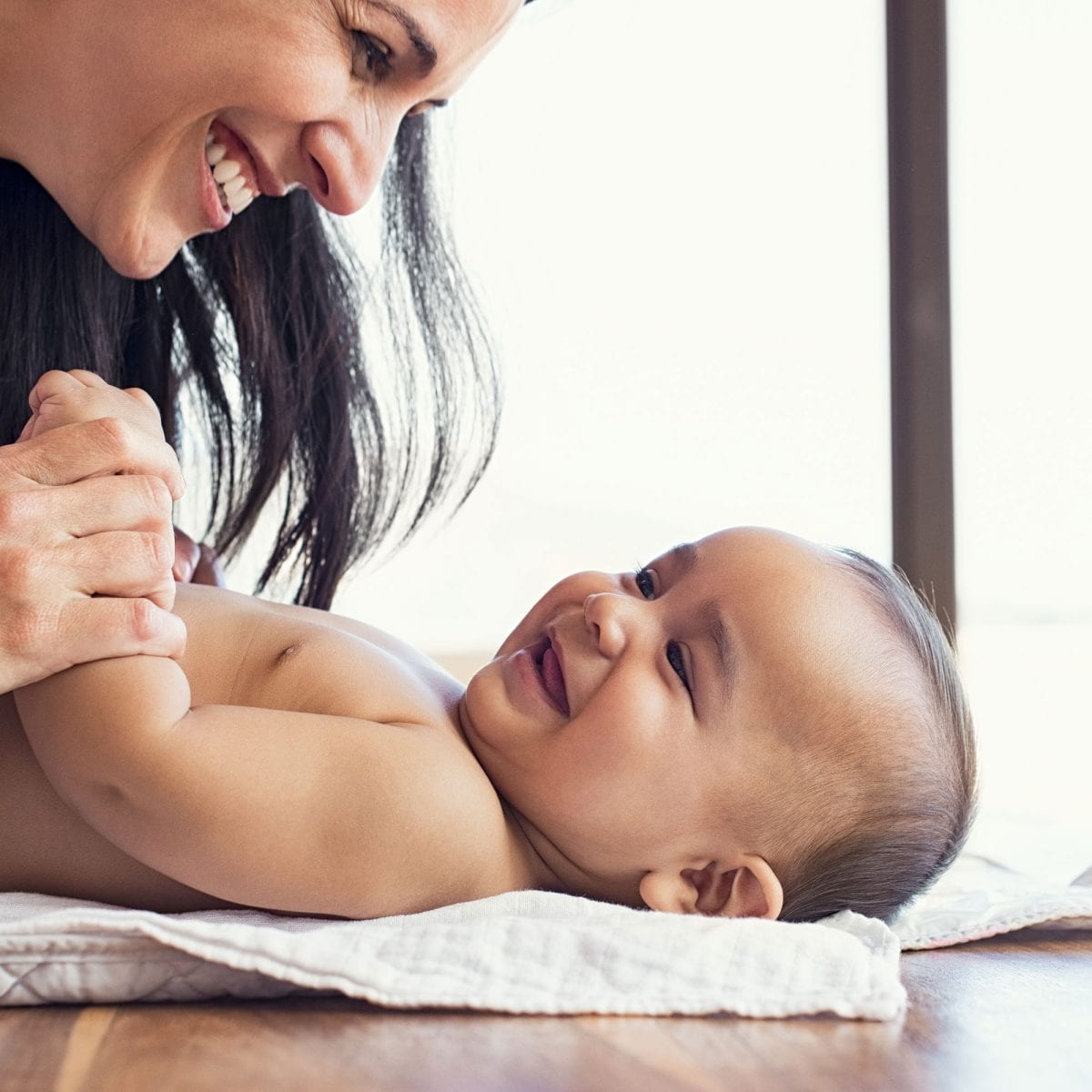How to Improve Your Child’s Literacy from Birth to 3 Years
There are different ways you can help your baby or toddler learn letters and words, recognize sounds and develop language skills.
Baby Talk
Children learn language by listening to stories, songs and everyday speech. Your baby loves to hear your voice when you read, even if they don’t even know what a book is.

Talk, Talk, Talk
Keep talking! Talking helps your baby learn language, so it’s important to talk to them a lot – about anything. Describe what you’re doing or what your child is doing, even if they are too young to reply. They might not understand what you say, but they will hear and remember sounds. These sound memories help your child learn to talk as they get older, and later it will help them learn to read.

Word Up
When your child starts to talk, reply with extra words. These new words will help build your child’s language. For example, if your child says, “Car,” you could say, “Look at that fast, blue car.” Using a range of words when you talk can really help your child learn.

Sing Your Heart Out
Sing nursery rhymes, songs and chants. Play, dance and make gestures that go along with the words and watch how your child reacts. By doing this you are helping your child hear the sounds of language, and connecting the words with your actions.

Learning Letters
It can be hard for young children to recognize letters on a page. When your child is learning the letters of their name, you can help them by making the letters out of different types of material. You could use card, cloth, plastic or Play-Doh – children love to touch different things, and it will help them learn the letters.

Picture This
Show your child a picture and ask them what it is. It can be anything familiar – food, toys, furniture, animals. This will help them learn more words and connect an object to a word, which is important for learning to read.

Read On
Read to your baby or toddler as much as you can. They love hearing the sound of your voice, even when it’s the same story time and again. It probably won’t be as fun for you, but listening to the same story will help your child recognize and remember words.

What Your Child Can Learn between Birth and 3 Years
With your help, your child will learn so much by the time they are two. Below are some of the skills you can expect to see as your child grows.
Note: It’s normal for children to learn at different speeds, and not every child will reach all of these milestones within the timeframes listed here. But if you are concerned about your child’s development, call Greenbush’s Early Childhood department at 620.724.6281.
Birth to 6 Months
- Your child will listen when you’re reading books to them in a playful and fun way
- They may babble while you’re reading
- Between four to six months they’ll start to be more interested in books; picking them up, eating them, grabbing them
6 to 12 Months
- Your child will start to understand that pictures represent objects
- They will develop favorite pictures, pages, or stories
- At ten months they will enjoy being read to and they will follow pictures
- At one year they may start to turn pages, point at pictures and repeat sounds
12 to 24 Months
- Your child can hold a book the right way up because they understand the pictures
- They may mimic reading as they turn pages in a well-loved book
- By the time they are two, many children name pictures that they have seen many times before and can answer simple questions about the pictures
- If you’ve read the same story over and over, your child may anticipate what happens next and even say words or phrases from the book
24-36 Months
- You child can pay attention when a story is read to them
- They can recognize books by their cover and may choose a book as well as toys to play with
- They can points to things they want to know the name of
- They can ask “What’s that?” and “What’s he/she doing?”
- They may answer simple questions you ask them about the story
- Your child will start to recognize some signs and symbols they see often, such as road signs and food packaging
The Books to Choose for 0 to 3 Years
There’s no shortage of books for the youngest readers, but not all are created equal. You won’t be surprised to see that we recommend hard-wearing, easy to clean and brightly colored books! Here are some other tips when choosing a book for your child:
Choose books which:
- Have large, bold, black or white pictures on a colored background
- Are brightly colored
- Are picture books or only have a couple of words on each page
- Have stiff pages so your child can turn them more easily
- Are made of durable material like vinyl, which is also easy to clean
- Have fun songs and rhymes
- Have repeating words or phrases
- Include more words and detailed pictures as your child gets older




